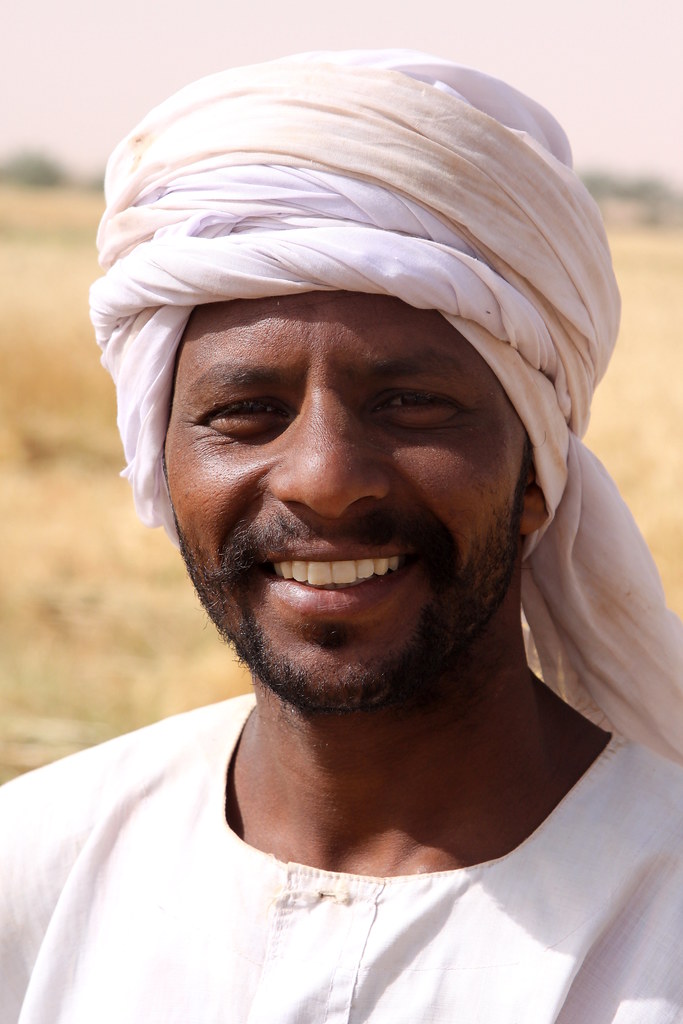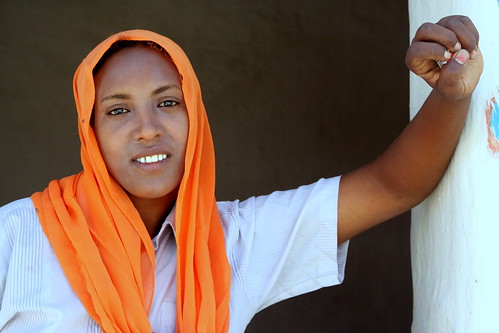Post by jari on Apr 5, 2010 12:29:48 GMT -5
This thread will be dedicated to 1) Showing Images of Egyptian Fellah, Upper Egyptian people, and expose their cultural ties to the Ancient Pharonic population as well as their ties to their "Nubian" brothers and sisters in Northern Sudan and Aswan.
Mathilda claims that these selctive images represent what "Most" Upper Egyptians look like.
mathildasanthropologyblog.files.wordpress.com/2008/11/upper-egyptians.png
Again about half of those people look no different than Native Tropically adapted Nile Valley folks but it seems to me she is being selective in her approach. Its funny how she left out the easy to get(by googling images) of Egyptian Fellah, or Aswani people?? What about Northern Sudan?? Are these people and images exculded from her ideas of Upper Egyptian Images.
Here she claims
A strange title for a blog entry I know. But this is a result of a little nosing through the DNA studies available of modern Egypt, and some irritation at modern Egyptians being incessantly called ‘thieving Arabs’ by on-line Afrocentrists. IS she denying that Arab migrated to parts of Egypt and mixed with locals especially in Lower Egypt. Also who claims that Upper Egyptians, The NAtive Fellah are "Thieving Arabs" Most people especially so called Afrocentrics admite they are the closest to the Native Pharonic populations.
so how these people are supposed to have magically changed appearance in the past few thousand years with so little foreign input I’d like to know.
So I wonder why she left out this portion of Upper Egyptian History..
After the 7th-century Arab invasion of Egypt a social hierarchy was created whereby Egyptians who converted to Islam acquired the status of mawali or "clients" to the ruling Arab elite, while those who remained Christian, the Copts, became dhimmis. The privilege enjoyed by the Arab minority continued in a modified form into the modern period in the countryside, where remnants of Bedouin Arab tribes lived alongside Egyptian fellahin. One author describes the social demographics of rural Upper Egypt as follows:
Egyptian fellah.
Upper Egypt comprises the country's eight southernmost governorates. ... the region's history is one of isolated removal from the center of national life. The local relationships resulting from this centuries-old condition gave Upper Egypt an identity of its own within the modern Egyptian state. Alongside the even more ancient presence of Copts, tribal groupings dating from the Arab conquest combined to form a hierarchical order that placed two [minority] groups, the ashraf and the Arab, in dominating positions. These were followed by lesser tribes, with the [Egyptian] fellah at the bottom of the social scale(28) [...] Religion was central to the development of Upper Egyptian society. The ashraf claimed indirect descent from the Prophet, while the Arabs traced their lineage to a group of tribes from Arabia. On the other hand, the status of the fellahin rested on the belief that they descended from Egypt's pre-Islamic community and had converted to Islam, a history that placed them inescapably beneath both the Ashraf and Arabs. [...] In Muslim as well as Christian communities, and particularly at the lower socio-economic levels, religious practices are strongly imbued with non-orthodox folk elements, some of pharaonic origin.



Fellah Woman and Child and Hebesha caretaker

Nubian and a Fellah

Seems to me the Fellah and so called "Nubians" look similar...??
Mathilda claims that these selctive images represent what "Most" Upper Egyptians look like.
mathildasanthropologyblog.files.wordpress.com/2008/11/upper-egyptians.png
Again about half of those people look no different than Native Tropically adapted Nile Valley folks but it seems to me she is being selective in her approach. Its funny how she left out the easy to get(by googling images) of Egyptian Fellah, or Aswani people?? What about Northern Sudan?? Are these people and images exculded from her ideas of Upper Egyptian Images.
Here she claims
A strange title for a blog entry I know. But this is a result of a little nosing through the DNA studies available of modern Egypt, and some irritation at modern Egyptians being incessantly called ‘thieving Arabs’ by on-line Afrocentrists. IS she denying that Arab migrated to parts of Egypt and mixed with locals especially in Lower Egypt. Also who claims that Upper Egyptians, The NAtive Fellah are "Thieving Arabs" Most people especially so called Afrocentrics admite they are the closest to the Native Pharonic populations.
so how these people are supposed to have magically changed appearance in the past few thousand years with so little foreign input I’d like to know.
So I wonder why she left out this portion of Upper Egyptian History..
After the 7th-century Arab invasion of Egypt a social hierarchy was created whereby Egyptians who converted to Islam acquired the status of mawali or "clients" to the ruling Arab elite, while those who remained Christian, the Copts, became dhimmis. The privilege enjoyed by the Arab minority continued in a modified form into the modern period in the countryside, where remnants of Bedouin Arab tribes lived alongside Egyptian fellahin. One author describes the social demographics of rural Upper Egypt as follows:
Egyptian fellah.
Upper Egypt comprises the country's eight southernmost governorates. ... the region's history is one of isolated removal from the center of national life. The local relationships resulting from this centuries-old condition gave Upper Egypt an identity of its own within the modern Egyptian state. Alongside the even more ancient presence of Copts, tribal groupings dating from the Arab conquest combined to form a hierarchical order that placed two [minority] groups, the ashraf and the Arab, in dominating positions. These were followed by lesser tribes, with the [Egyptian] fellah at the bottom of the social scale(28) [...] Religion was central to the development of Upper Egyptian society. The ashraf claimed indirect descent from the Prophet, while the Arabs traced their lineage to a group of tribes from Arabia. On the other hand, the status of the fellahin rested on the belief that they descended from Egypt's pre-Islamic community and had converted to Islam, a history that placed them inescapably beneath both the Ashraf and Arabs. [...] In Muslim as well as Christian communities, and particularly at the lower socio-economic levels, religious practices are strongly imbued with non-orthodox folk elements, some of pharaonic origin.



Fellah Woman and Child and Hebesha caretaker

Nubian and a Fellah

Seems to me the Fellah and so called "Nubians" look similar...??
















